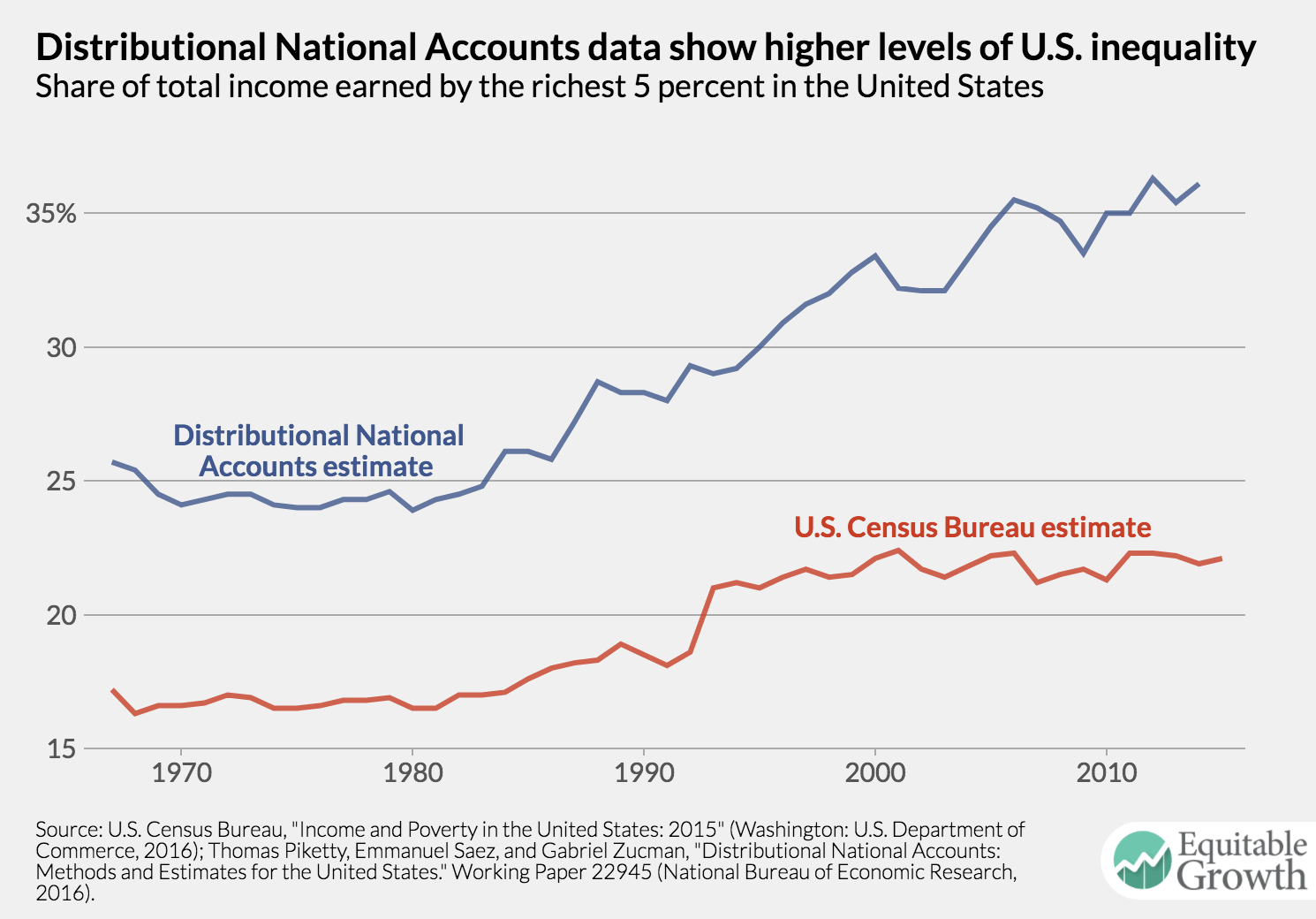Should-Read: This was remarkably off-base at the time. It reads even worse now. I don’t know which is worse: the endorsement of do-nothing climate policies, the refusal to face the fact that high-income tax cuts have not generated faster growth, or the “nation of takers” bs with respect to “paying no taxes”…
Why do Republican economists burn their reputations this way?
Michael Boskin (March 6, 2009): Obama’s Radicalism Is Killing the Dow: “our new president’s policies are designed to radically re-engineer the market-based U.S. economy… https://www.wsj.com/articles/SB123629969453946717
…Instead of combining the best policies of past Democratic presidents—John Kennedy on taxes, Bill Clinton on welfare reform and a balanced budget, for instance—President Obama is returning to Jimmy Carter’s higher taxes and Mr. Clinton’s draconian defense drawdown. Mr. Obama’s $3.6 trillion budget blueprint… more than doubles the national debt… reduces defense spending to a level not sustained since the dangerous days before World War II… and it would raise taxes to historically high levels….
Increasing the top tax rates on earnings to 39.6% and on capital gains and dividends to 20% will reduce incentives for our most productive citizens and small businesses to work, save and invest—with effective rates higher still because of restrictions on itemized deductions and raising the Social Security cap…. The president claims he is only hitting 2% of the population, but many more will at some point be in these brackets. As for energy policy, the president’s cap-and-trade plan for CO2 would ensnare a vast network of covered sources, opening up countless opportunities for political manipulation, bureaucracy, or worse….
The president’s proposed limitations on the value of itemized deductions for those in the top tax brackets would clobber itemized charitable contributions… exacerbate tax flight from states like California and New York…. New and expanded refundable tax credits would raise the fraction of taxpayers paying no income taxes to almost 50% from 38%. This is potentially the most pernicious feature of the president’s budget, because it would cement a permanent voting majority with no stake in controlling the cost of general government….
The European social welfare states present a window on our potential future: standards of living permanently 30% lower than ours. Rounding off perceived rough edges of our economic system may well be called for, but a major, perhaps irreversible, step toward a European-style social welfare state with its concomitant long-run economic stagnation is not.



